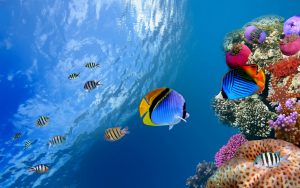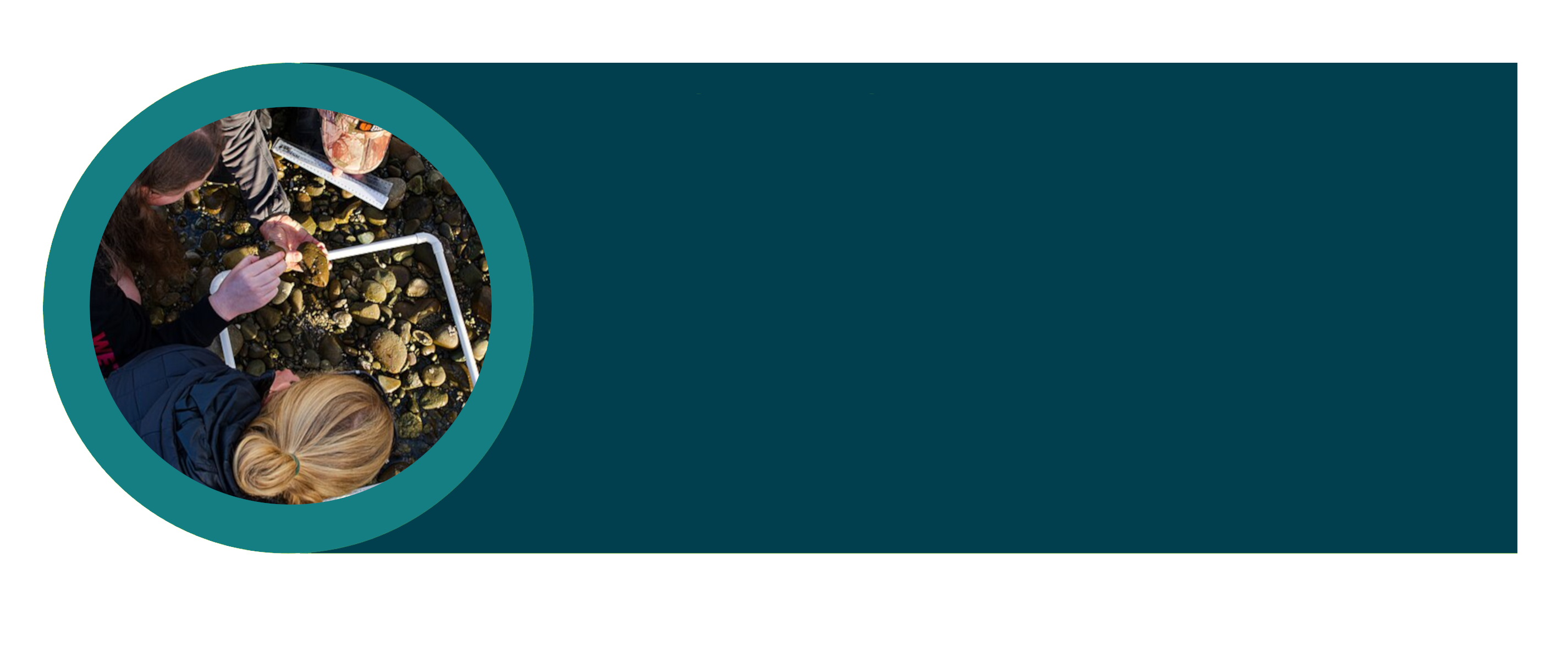3.1 What is Community Science?
Community science is a collaborative effort where the general public participates in scientific research alongside professional scientists. This approach allows large groups of people to record observations and collect data for projects in many fields of study (see A Closer Look for more information).
In recent years, technological advances, such as smartphone apps and online platforms, have contributed to the growth in the quantity and breadth of community science initiatives. These tools often only require volunteers to submit photos or sound recordings using their own phone or camera, which makes data collection simple and accessible to the general public. The observations are then validated by experts like researchers, conservationists or knowledgeable enthusiasts. These data can be used for various purposes, such as research, conservation management or education.
Using a community science approach allows scientists access to data from long-term monitoring over vast geographic areas, which are impractical for individual scientists to collect. For example, a researcher studying bird migration timing and routes may require data spanning multiple provinces, countries or continents. If studying the effects of climate change on migration patterns, then the researchers would also need to track these species over many years. These large-scale studies are often more logistically and financially feasible using a community science approach where volunteer community scientists worldwide can contribute the data from their local geographies.
A Closer Look
Community science initiatives are common in many different disciplines. Some examples include:
Ornithology
Bird watchers from around the world can submit observations of bird species through community science platforms like eBird. These data help track bird migration patterns, population trends, and nesting success. Scientists also use this data to reveal how birds are affected by environmental changes such as habitat loss, pollution, disease, and climate change. These insights inform conservation plans to protect birds and habitats.
Astronomy
NASA has dozens of community science projects where the general public can help NASA researchers. These projects aim to discover the universe’s secrets, search for life elsewhere, and protect and improve life on Earth and in space. Over 500 community scientists have been named co-authors of scientific publications by NASA (NASA, n.d.)!
Entomology

There are many different insect-related community science initiatives to help protect endangered species, track the distribution of pests and monitor populations.
Many monarch butterflies in North America are known for migrating thousands of kilometres from Southern Canada down to their overwintering sites in Mexico. Community science initiatives help to track monarch butterfly locations, which provide insights into migration patterns, population health, and conservation needs.
Bumble bees are important pollinators, yet their populations are declining rapidly. Community scientists can upload photos of bumble bees that they spot on websites like Bumble Bee Watch, where scientists can then identify the bumble bee to species. These data are used to help track bumble bee distribution and identify species at risk. They are even used to inform conservation efforts, like species breeding and reintroduction into suitable habitats.
Botany
Community science data on the flowering and fruiting times of plants can be used by researchers to study how plant phenology is changing in response to climate change. Plant distribution data can be used to help monitor the locations and populations of important host plants. For example, monarch caterpillars rely on milkweed for food and shelter. Community science initiatives help to track and preserve milkweed to ensure that monarchs have access to this crucial host plant.
Hydrology
Many community science initiatives use the online Community Collaborative Rain, Hail and Snow Network platform. These projects use volunteer weather observers to measure and record daily precipitation (rain, hail, snow) in their local communities. These data can be used to study rain events, drought, snow distribution, and climate change.

Marine Biology
Community scientists can record sightings of marine mammals, sea turtles, or birds and monitor coral reefs. These data help scientists track populations, identify trends, and study ecological changes. The public can also help in beach cleanups to help prevent plastic waste from entering our oceans and harming marine wildlife.
Banner Image Attribution
“Environmental Scienece at WhenuaIti Outdoors”, WhenualtiOutdoors, CC BY-SA 4.0


